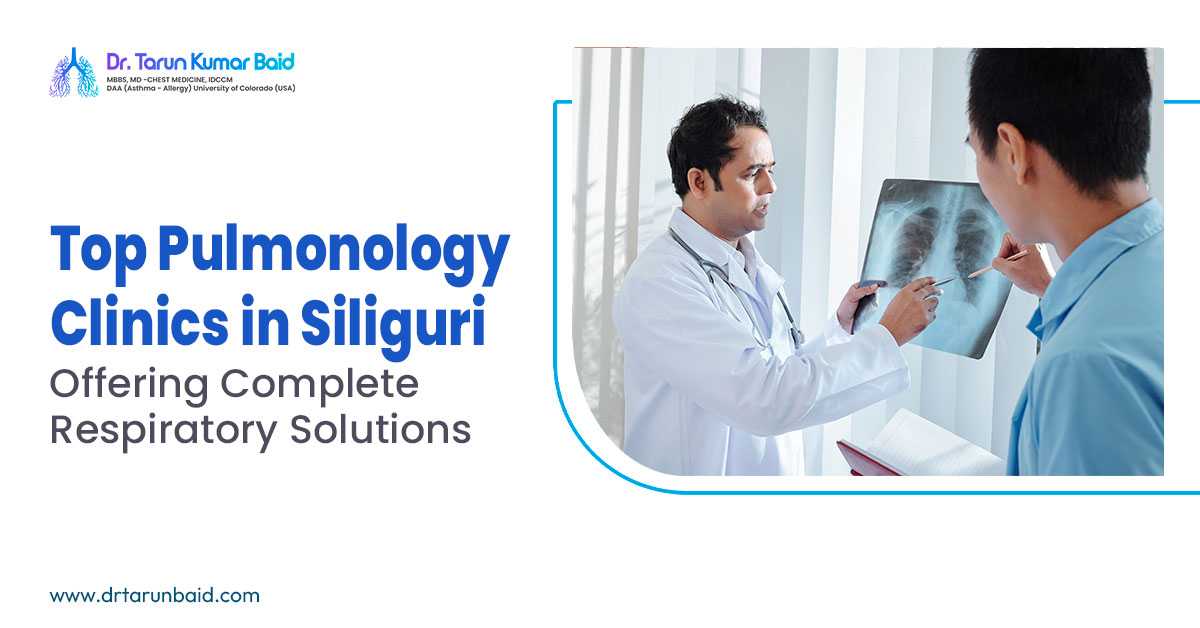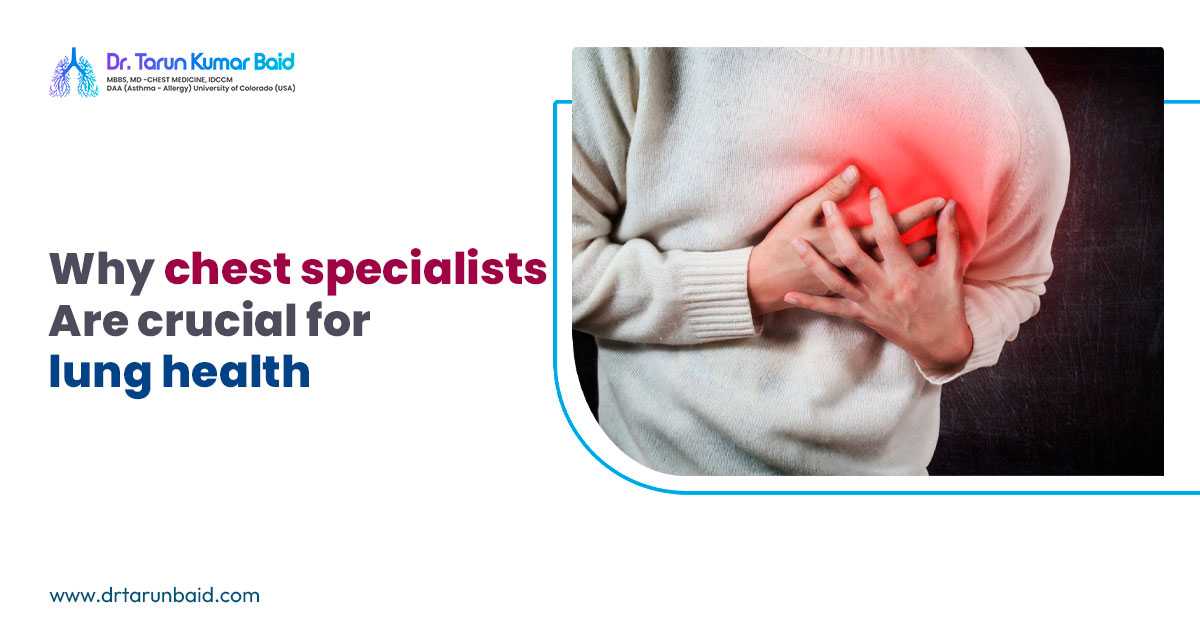A pulmonary embolism is a kind of blood clot that obstructs and stops blood flow to a lung artery, which is a medical emergency. Here, deep vein thrombosis (DVT) is the term used to describe a blood clot that develops in one or more of the body's deep veins. Get the best respiratory health advice and support from the top pulmonologist in Siliguri City.
Why It’s a Serious Condition
The size of the clot, the quantity of clots, and the patient's general condition all affect how severe a pulmonary embolism is. A pulmonary embolism can harm the heart or lungs if treatment is delayed. Also, it can be responsible for heart failure as it puts strain on the heart.
Major arteries in the lungs might get blocked by large or multiple clots, which puts a great deal of strain on the heart. In extreme situations, this may result in low oxygen levels, right-sided heart failure, and unexpected fatalities.
Insights Into Symptoms
The symptoms of a pulmonary embolism can vary greatly, and some patients may not have any symptoms at all. Nonetheless, typical warning signs are:
-
The most prevalent and concerning symptom is sudden dyspnea (shortness of breath).
- Sharp or stabbing discomfort in the chest that might get worse as you take heavy breaths.
- Coughing and bloody sputum may be present.
- Tachycardia, or rapid heartbeat, is characterized by a racing or erratic heartbeat.
- Dizziness or lightheadedness causing fainting.
- Pain or swelling in the legs, particularly if it's connected to DVT.
- Skin that is clammy or discolored is an indication of low blood oxygen levels in the body.
- Wheezing and too much sweating.
Timely or prompt diagnosis is crucial since these symptoms might resemble those of other illnesses, such as pneumonia or a heart attack. Receive expert support for PE from the top pulmonologist in Siliguri or near you.
Diagnosis of Pulmonary Embolism
Usually, doctors request a number of diagnostic tests if PE is suspected:
-
A chemical secreted when a blood clot breaks up is measured by the D-dimer test, and high/ elevated levels might be a sign of a clot.
- The most commonly used imaging technique for identifying lung artery blockages is CT pulmonary angiography (CTPA).
- A ventilation-perfusion (V/Q) scan gauges the lungs' blood and air flow.
- Leg ultrasound is frequently used to identify DVT, which is the cause of a large number of pulmonary embolisms.
A timely diagnosis can have a big impact on treatment outcomes; therefore, management.
Options for Treatment
Improving oxygen levels, halting clot development, and avoiding future clots are the main goals of medical care for pulmonary embolism, and effective treatments include:
Blood thinners (anticoagulants)
The first line of therapy for pulmonary embolism of these medications, which include oral anticoagulants (DOACs), such as apixaban and rivaroxaban. These meds lessen the blood's propensity to clot and stop clots from getting bigger.
Clot dissolvers
Thrombolytics are medications that break up clots and can help break up clots fast, used in more complicated cases.
Vein filter
A filter can also be positioned in the inferior vena cavausing a catheter. This filler helps protect your lungs against clots, which are given when patients are unable to take anticoagulant medications or who experience blood clots despite taking anticoagulants.
Surgical or Catheter-Based Removal
In severe situations, especially when medications are ineffective or dangerous, doctors may perform surgery or use a catheter to directly remove the clot.
A pulmonary embolism is a serious medical condition that needs emergency support. Even though it has the potential to be fatal, prompt action and appropriate handling greatly enhance health outcomes. Reach out to one of the top pulmonologists in Siliguri, Dr. Tarun Kumar Baid, for optimum lung health care.





